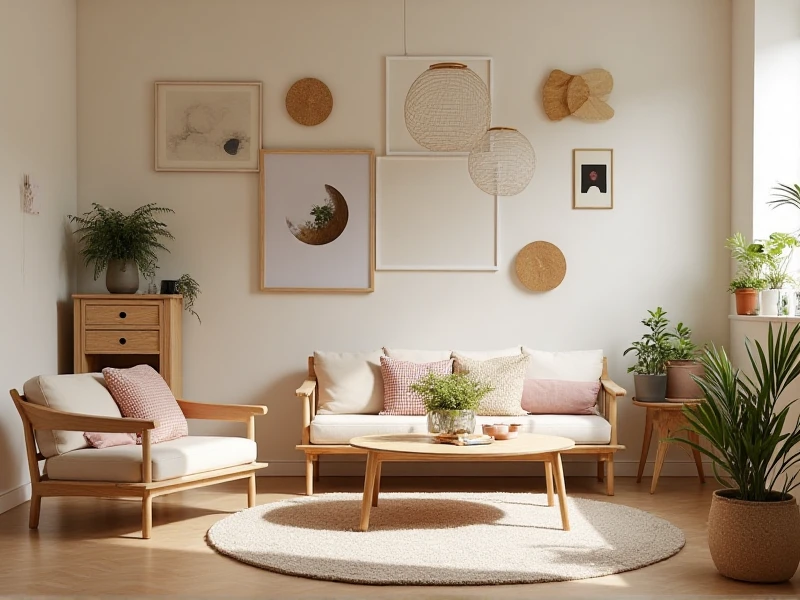The Timeless Allure of Gardens: Cultivating Beauty and Well-Being
2025-06-07

For centuries, gardens have offered sanctuary, sustenance, and artistic expression across cultures worldwide. These cultivated pockets of nature transcend mere aesthetics; they nurture biodiversity, enhance mental well-being, and transform ordinary spaces into thriving ecosystems. Whether sprawling estates or compact balcony gardens, this guide explores how integrating green spaces elevates daily life.
Nature’s Therapy: Health Benefits Rooted in Soil
Gardens serve as natural wellness retreats. Studies show that gardening lowers cortisol levels by 16%, combats anxiety, and improves mood through exposure to sunlight and soil microbes. The physical activity of planting or weeding provides moderate exercise, reducing cardiovascular risks. Beyond human benefits, gardens support pollinators—bees, butterflies, and birds—strengthening local food chains. Native plant selections magnify this impact, requiring less water while preserving regional ecology.
Designing Your Personal Eden
Successful gardens blend vision with practicality. Start by analyzing your space: assess sunlight patterns (6-8 hours for vegetables; partial shade for ferns), soil type (amend clay with compost; enhance sand with organic matter), and water access. For urban settings, vertical gardens or container herb walls maximize limited areas. Rural landscapes might incorporate permaculture principles, layering fruit trees, shrubs, and ground covers to mimic natural forests. Key elements include:
- Zoning: Group plants by water/sun needs.
- Seasonality: Choose blooms and crops for year-round visual interest.
- Hardscaping: Use paths or stone borders to define spaces affordably.
Pollinator Pockets and Edible Paradises
Prioritize ecological harmony by dedicating sections to wildlife-friendly species. Lavender, coneflowers, and milkweed sustain butterflies, while berry bushes offer nourishment for birds. Edible gardens merge productivity with beauty—interplant kale with marigolds to deter pests naturally or train cucumber vines over arbors for shade. For beginners, resilient choices like tomatoes, basil, and zucchini yield quick satisfaction. Small-space alternatives include window-box strawberries or compact citrus trees in pots.
Low-Effort Magic: Automation and Resilient Flora
Busy lifestyles needn’t sacrifice garden vitality. Install drip irrigation systems to conserve water and schedule care. Embrace drought-tolerant species like succulents, rosemary, or ornamental grasses that thrive with minimal intervention. Apply 3-inch mulch layers to suppress weeds and retain moisture. Smart planning prevents overwhelm: dedicate just 15 minutes daily for watering, spot-weeding, and harvesting, turning maintenance into mindful ritual rather than chore.
Gardens evolve as living canvases that reflect patience and creativity. Beyond flowers and foliage, they cultivate resilience—teaching us to adapt through seasons of growth and dormancy. Start small: a potted herb collection or native wildflower patch can ignite a lifelong passion. As these spaces mature, so does their power to renew our connection with nature’s rhythms, making every bloom a triumph in our shared journey toward sustainable joy.
Category: